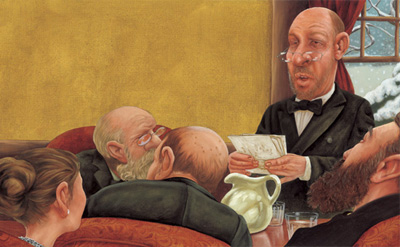Kathy-jo Wargin - Alfred Nobel. The Man Behind the Peace Prize
Here you can read online Kathy-jo Wargin - Alfred Nobel. The Man Behind the Peace Prize full text of the book (entire story) in english for free. Download pdf and epub, get meaning, cover and reviews about this ebook. year: 2009, publisher: Cherry Lake Publishing;Sleeping Bear Press, genre: Non-fiction. Description of the work, (preface) as well as reviews are available. Best literature library LitArk.com created for fans of good reading and offers a wide selection of genres:
Romance novel
Science fiction
Adventure
Detective
Science
History
Home and family
Prose
Art
Politics
Computer
Non-fiction
Religion
Business
Children
Humor
Choose a favorite category and find really read worthwhile books. Enjoy immersion in the world of imagination, feel the emotions of the characters or learn something new for yourself, make an fascinating discovery.

- Book:Alfred Nobel. The Man Behind the Peace Prize
- Author:
- Publisher:Cherry Lake Publishing;Sleeping Bear Press
- Genre:
- Year:2009
- Rating:3 / 5
- Favourites:Add to favourites
- Your mark:
Alfred Nobel. The Man Behind the Peace Prize: summary, description and annotation
We offer to read an annotation, description, summary or preface (depends on what the author of the book "Alfred Nobel. The Man Behind the Peace Prize" wrote himself). If you haven't found the necessary information about the book — write in the comments, we will try to find it.
Almost everyone has heard of the Nobel Prize, a collection of prizes awarded for accomplishments in science, medicine, literature, and peace. But few people know about the man who established the award and for whom it is named, Alfred Nobel. Alfred Nobel was born in Sweden in 1833. A quick and curious mind, combined with a love of science and chemistry, drove him to invent numerous technological devices throughout his long life. But he is perhaps most well known for his invention of dynamite. Intending it to help safely advance road and bridge construction, Nobel saw his most famous invention used in the development of military weaponry. After a newspaper headline mistakenly announces his death, Nobel was inspired to leave a legacy of another sort. The Man Behind the Peace Prize tells the story of the enduring legacy of Alfred Nobel.Kathy-jo Wargin is the bestselling author of more than 30 books for children. Among her many awards for her work are an International Reading...
Kathy-jo Wargin: author's other books
Who wrote Alfred Nobel. The Man Behind the Peace Prize? Find out the surname, the name of the author of the book and a list of all author's works by series.

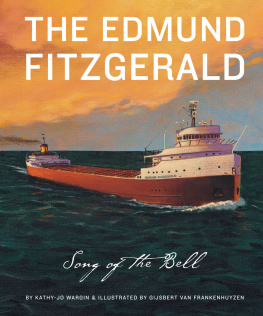
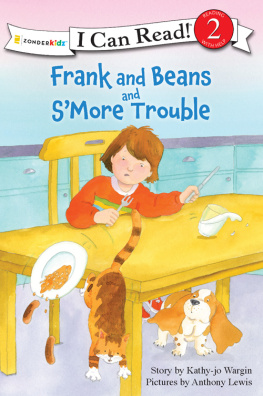


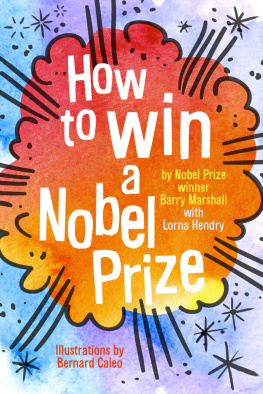
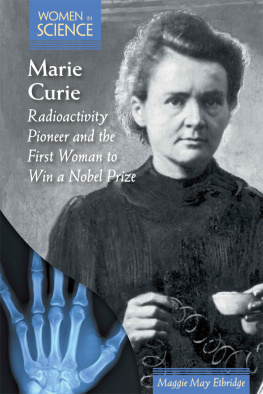
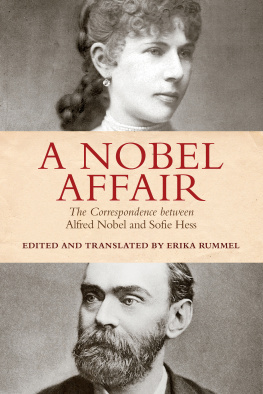
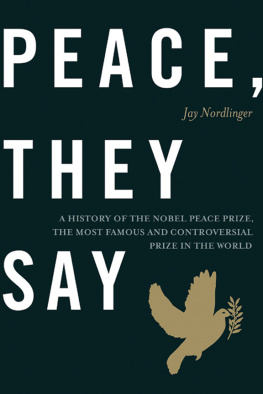
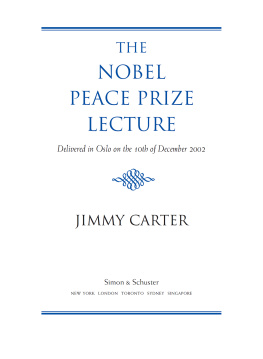
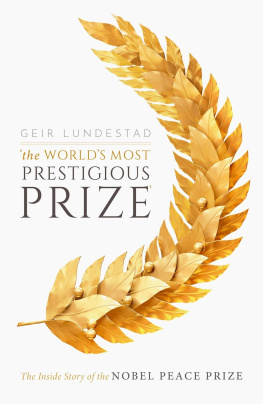
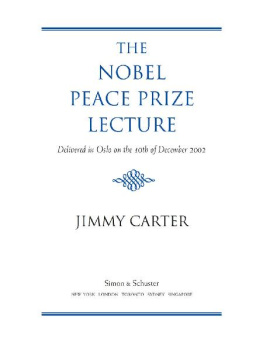
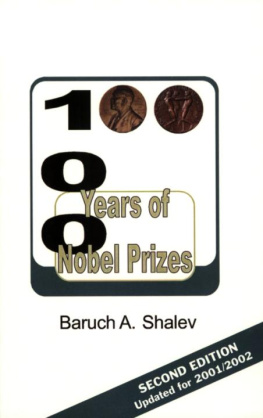
 KATHY-JO WARGIN and Illustrated by ZACHARY PULLEN ALFRED NOBEL THE MAN BEHIND THE PEACE PRIZE Almost everyone has heard of the Nobel Prize, a collection of prizes awarded for accomplishments in science, medicine, literature, and peace. But very few people know about the man who established the award and for whom it is named, Alfred Nobel. Alfred Nobel was born in Sweden in 1833. A quick and curious mind, combined with a love of science and chemistry, drove him to invent numerous technological devices throughout his long life. But he is perhaps most well known for his invention of dynamite. Intending it to help safely advance road and bridge construction, Nobel saw his most famous invention used in the development of military weaponry.
KATHY-JO WARGIN and Illustrated by ZACHARY PULLEN ALFRED NOBEL THE MAN BEHIND THE PEACE PRIZE Almost everyone has heard of the Nobel Prize, a collection of prizes awarded for accomplishments in science, medicine, literature, and peace. But very few people know about the man who established the award and for whom it is named, Alfred Nobel. Alfred Nobel was born in Sweden in 1833. A quick and curious mind, combined with a love of science and chemistry, drove him to invent numerous technological devices throughout his long life. But he is perhaps most well known for his invention of dynamite. Intending it to help safely advance road and bridge construction, Nobel saw his most famous invention used in the development of military weaponry. To all children who carry the vision, the dream, and the willpower to make our world smarter, healthier, safer, and a more peaceful place to live for all people. We need you.
To all children who carry the vision, the dream, and the willpower to make our world smarter, healthier, safer, and a more peaceful place to live for all people. We need you. For all the teachers who nurture curiosity.
For all the teachers who nurture curiosity. A liquid like this could cause enough force to blast away rock where bridges and roads and railways needed to be built.
A liquid like this could cause enough force to blast away rock where bridges and roads and railways needed to be built. Alfred kept testing until he came up with a wooden plug he could fill with gunpowder.
Alfred kept testing until he came up with a wooden plug he could fill with gunpowder. 
 Not long after, Alfred and his brother Emil began to make and sell nitroglycerin in their homeland of Sweden. They called it blasting oil and orders came in from many places.
Not long after, Alfred and his brother Emil began to make and sell nitroglycerin in their homeland of Sweden. They called it blasting oil and orders came in from many places.  One day in the workshop, Emil and a partner were making some new oil when something went terribly wrong. BOOM! Everything exploded, and five people were dead, including Emil.
One day in the workshop, Emil and a partner were making some new oil when something went terribly wrong. BOOM! Everything exploded, and five people were dead, including Emil.  The tragedy proved one thing to Alfred.
The tragedy proved one thing to Alfred.  Two years after Emil died, Alfred mixed nitroglycerin with sand. This made a paste he could roll into the shape of a rod. He realized such rods could be put into holes so builders could make blasts happen only where they wanted.
Two years after Emil died, Alfred mixed nitroglycerin with sand. This made a paste he could roll into the shape of a rod. He realized such rods could be put into holes so builders could make blasts happen only where they wanted.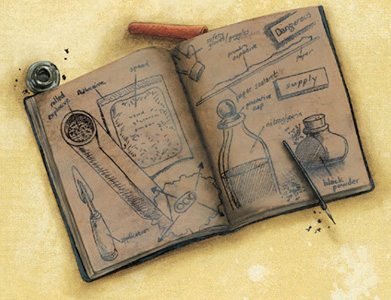
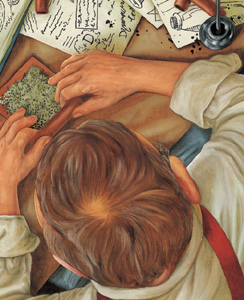 Alfred named his invention after the Greek word dynamis, which means power. But to the world, Alfred Nobel had invented something called dynamite. This made Alfred wealthy and famous.
Alfred named his invention after the Greek word dynamis, which means power. But to the world, Alfred Nobel had invented something called dynamite. This made Alfred wealthy and famous. 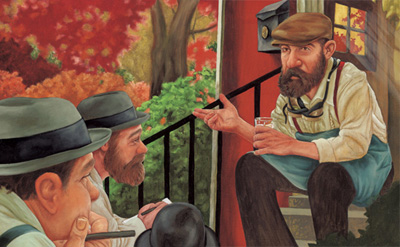 Alfred was happy with his success.
Alfred was happy with his success. 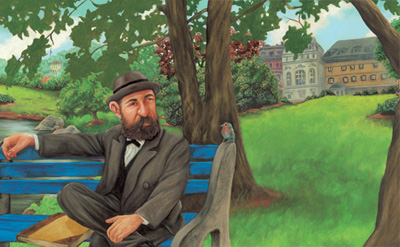 One morning in France, where Alfred was living, people woke to the newspaper headline, Alfred Nobel is Dead! It reported that Alfred Nobel, the dynamite king, had died of a heart attack.
One morning in France, where Alfred was living, people woke to the newspaper headline, Alfred Nobel is Dead! It reported that Alfred Nobel, the dynamite king, had died of a heart attack.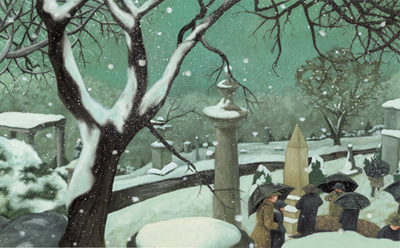 His friends and family gathered to hear the reading of his will.
His friends and family gathered to hear the reading of his will. 